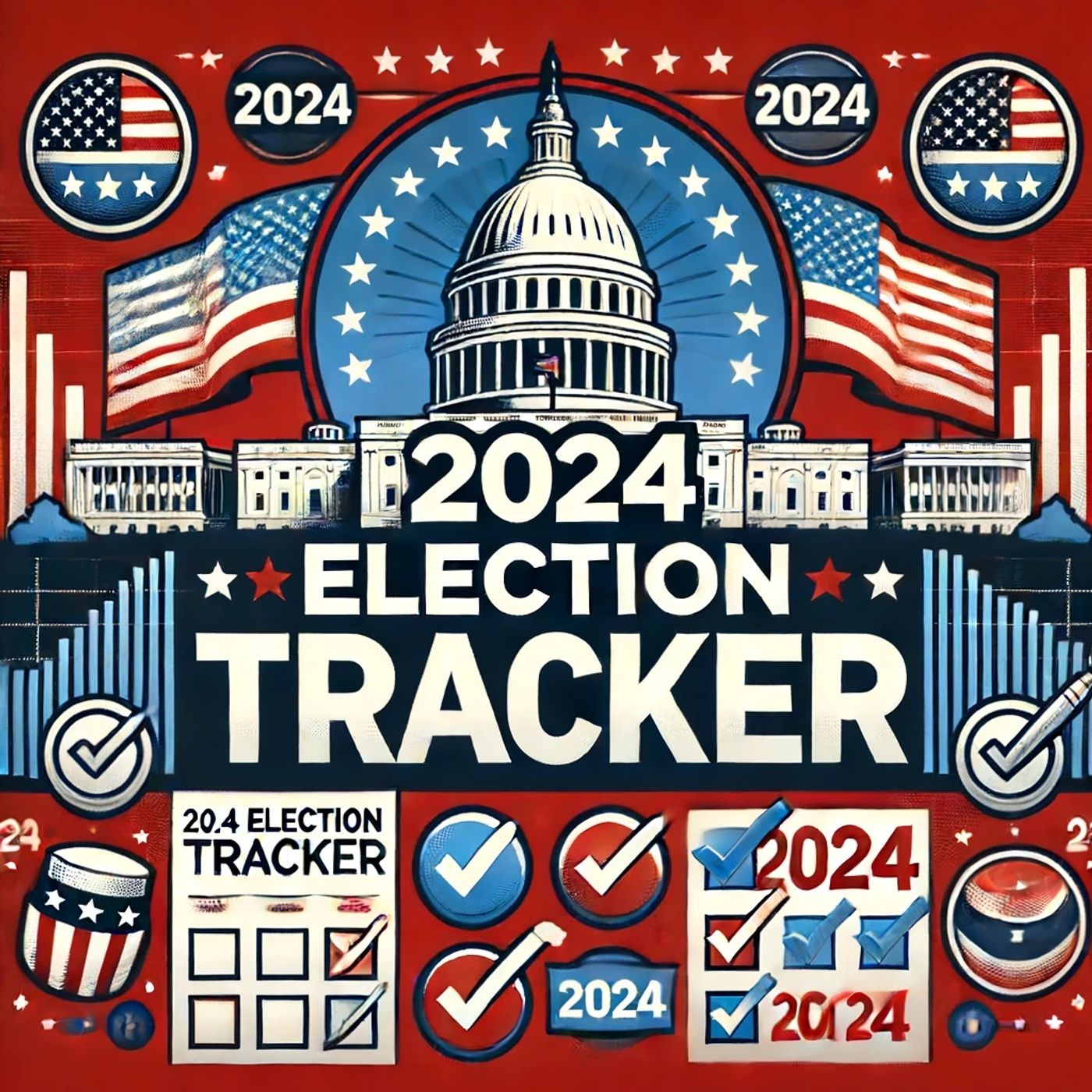Polling Pitfalls and Shifting Voter Dynamics: The Evolving Landscape of American Politics
Description
As the 2024 presidential election unfolded, various factors played a critical role in shaping the outcomes and the strategical approaches of the parties involved. A central matter of analysis post-election has been the discrepancy between pre-election polls and the actual results, as extensively reviewed by notable pollster J. Ann Selzer. Selzer, known for her accuracy in election polls, took a deep dive into the methods and demographics involved in the Iowa Poll to understand the marked variance with the actual vote. This examination highlights a recurring issue in political polling: the challenge of accurately capturing the sentiment of a diverse electorate.
Meanwhile, the Democratic Party faced significant scrutiny over its strategic choices, particularly the perception that it had drifted from working-class roots. Criticism centered on the party’s apparent neglect of working-class voters, a demographic historically seen as a steadfast base for the Democrats. Media outlets like Al Jazeera pointed out that this shift might have contributed to the disappointing results for the Democrats, suggesting a need for the party to reconnect with its traditional base and reassess its demographic outreach.
Another pivotal element in the 2024 election was the youth vote. Recognizing the power of this demographic, political candidates invested heavily in campaigns aimed at mobilizing young voters. Through various platforms, including prominent social media channels and large-scale events, efforts were made to engage this group, whose turnout has historically been unpredictable. The investment by the candidates' campaigns into capturing the youth vote speaks to the broader strategic recognitions of its potential impact on election outcomes.
The 2024 presidential election thus underscored a series of strategic, demographic, and methodological issues that parties and pollsters will continue to unpack and learn from. The combination of polling inaccuracies, electoral strategies misaligned with voter expectations, and the fluctuating engagement of key voter segments like the youth, all contribute to the evolving landscape of American electoral politics. These factors not only affect immediate election outcomes but also shape future political campaigns, party strategies, and the overall direction of political discourse in the United States.
More Episodes
The 2024 elections in the United States brought forth a mix of significant developments, highlighted by a notable reduction in voter turnout in several cities across Massachusetts and decisive results in state Senate races, particularly in California.
Massachusetts Secretary of State William F....
Published 11/26/24
In the 2024 election cycle, Idaho's legislative races have seen a significant influx of campaign contributions, totaling over $7.7 million. A notable portion of this fundraising has been directed towards competitive races, including Proposition 1. This financial mobilization underscores the high...
Published 11/23/24
Published 11/23/24


